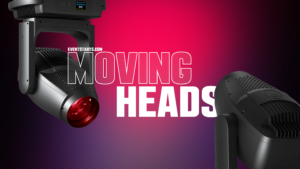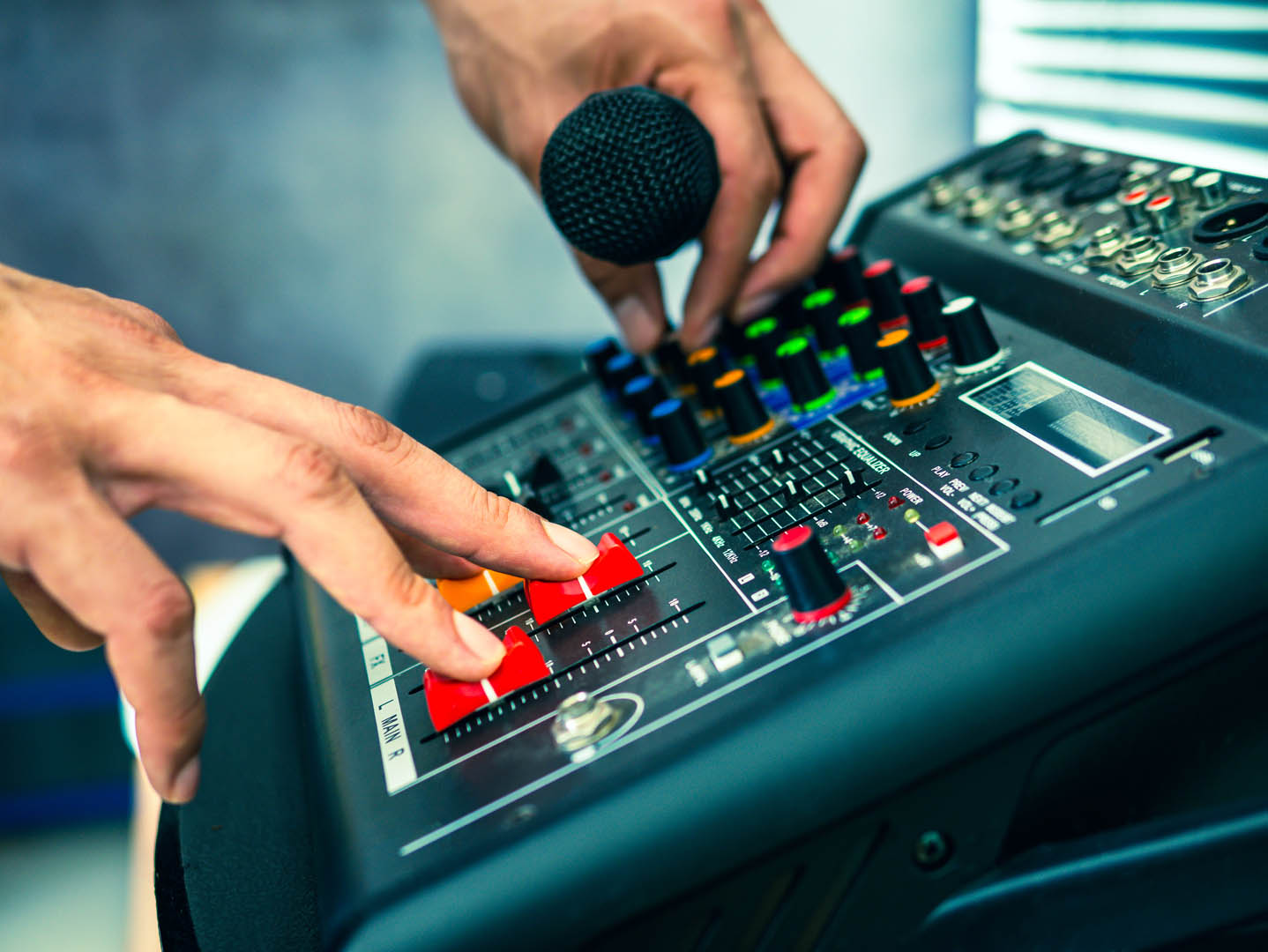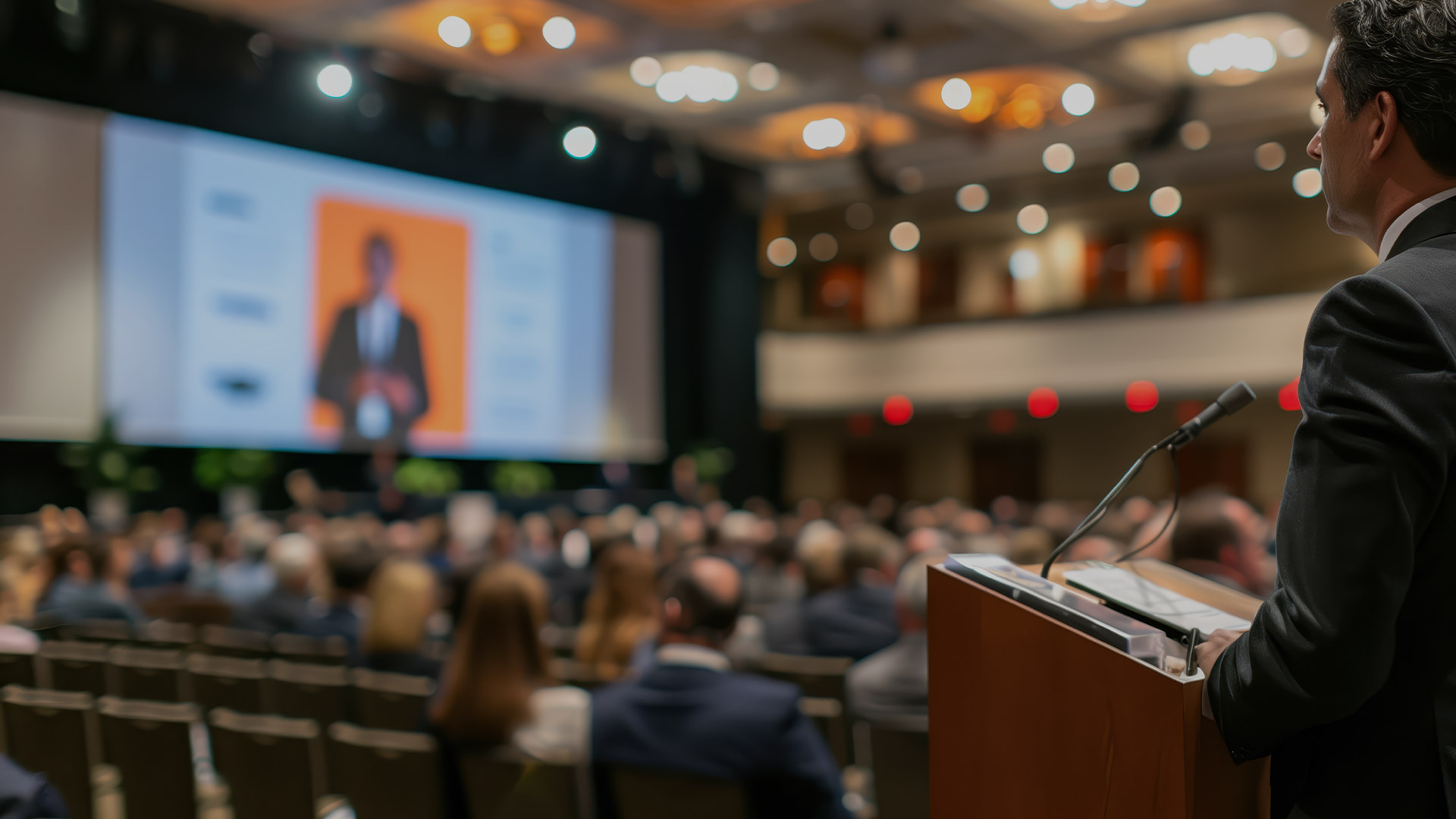Concerts are more than just music; they are a full sensory experience. While sound plays a crucial role, lighting transforms a simple performance into a breathtaking spectacle. Among the various types of stage lighting, moving heads have revolutionized the industry, offering dynamic, high-impact visuals that enhance the energy of live performances.
In this blog, we’ll explore the importance of moving heads in concert lighting, how they work, their various types, and how they contribute to unforgettable stage productions.
The Role of Lighting in Concerts
Lighting is an essential element in any concert setup. It sets the mood, highlights performers, and enhances audience engagement. Without proper lighting, even the best musical acts can feel flat and uninspired.
Modern stage lighting is a carefully planned art form, combining different fixtures, colors, and movement to create immersive experiences. Among all the lighting equipment used, moving heads stand out as some of the most versatile and impactful tools for lighting designers.
What Are Moving Heads?
Moving heads are intelligent lighting fixtures capable of rotating, tilting, and projecting light in multiple directions. Unlike static lights, which remain fixed in place, moving heads can dynamically change positions, angles, and colors, making them an essential part of any modern concert lighting rig.
These lights come with advanced features such as programmable movements, color mixing, gobo projections, and strobe effects. Controlled via DMX (Digital Multiplex), they allow for precise synchronization with music and other stage effects, enhancing the overall performance.
Types of Moving Heads Used in Concerts
There are several types of moving heads, each serving a specific purpose in concert lighting. Let’s break them down:
- Spot Moving Heads
Spot moving heads produce a concentrated beam of light with sharp edges. They often come equipped with gobos (stencils that create patterns or textures) and color wheels, allowing for stunning visual effects. These are commonly used for highlighting performers and creating dynamic, attention-grabbing designs on stage. - Wash Moving Heads
Wash moving heads produce a broader and softer beam of light, covering large areas with smooth, even illumination. They are perfect for setting the overall atmosphere and providing background lighting. Many concerts use wash lights to bathe the stage in vibrant colors, enhancing mood and depth. - Beam Moving Heads
Beam moving heads generate a narrow, intense beam of light, cutting through haze and fog effects for dramatic visuals. They are often used in high-energy performances, where sharp, piercing beams add excitement and intensity to the show. - Hybrid Moving Heads
Hybrid moving heads combine features of spot, wash, and beam lights, offering versatility in a single fixture. These allow lighting designers to switch between different effects, making them a cost-effective and flexible option for concerts.
How Moving Heads Enhance Concert Experiences
Moving heads do much more than just illuminate the stage; they actively shape the audience’s perception of the performance. Here’s how they contribute to unforgettable concert moments:
- Creating Atmosphere and Emotion
Lighting has the power to evoke emotions. Soft blues and purples create a calming, emotional atmosphere, while bold reds and oranges build intensity and excitement. Moving heads allow for seamless transitions between moods, complementing the music’s energy and storytelling. - Dynamic Motion and Energy
The ability to move and change angles gives moving heads an edge over traditional static lights. They can follow performers across the stage, create sweeping aerial effects, or generate fast-paced flashes that match the rhythm of the music.
Synchronization with Music and Visuals
Modern lighting control systems enable moving heads to sync perfectly with music beats, video projections, and other stage elements. This synchronization results in visually stunning performances, where lighting feels like an extension of the music itself.
- Depth and Dimension on Stage
By layering different types of moving heads, lighting designers can add depth and dimension to a stage. Spotlights highlight key moments, wash lights fill the background, and beam lights create dramatic, piercing effects that make the stage appear larger than life. - Audience Interaction
Many concerts use moving heads not just on stage but also directed toward the audience. This creates an immersive experience where concertgoers feel directly engaged with the show. Pulsing lights, strobes, and sweeping beams make the crowd feel like an integral part of the performance.
Key Features to Look for in Moving Heads
When selecting moving heads for a concert setup, here are some key features to consider:
- Brightness & Power – Higher wattage ensures greater visibility, even in large venues.
- Color Mixing – Advanced RGBW (Red, Green, Blue, White) and CMY (Cyan, Magenta, Yellow) color systems allow for a wide range of hues.
- Gobo Wheels – Customizable patterns and textures for artistic projections.
- Pan & Tilt Range – The more movement range a fixture has, the more dynamic effects it can create.
- DMX Compatibility – Essential for integrating with lighting control systems for precise programming.
- Effects & Strobes – Built-in features like prisms, frost filters, and strobe effects enhance versatility.
The Future of Moving Heads in Concert Lighting
With advancements in technology, moving heads are becoming even more sophisticated. Some trends shaping the future of concert lighting include:
- LED & Laser Innovations
LED moving heads are now more energy-efficient and powerful than ever, with richer colors and longer lifespans. Laser-based moving heads are also emerging, offering ultra-sharp beams for next-level effects. - Wireless & Smart Control
Wireless DMX and app-based controls are making it easier to manage lighting setups remotely. This allows for more flexibility and less cable clutter on stage. - AI & Automation
Artificial intelligence is being integrated into lighting systems, allowing for real-time adjustments based on music tempo, crowd movement, and stage action. This automation helps create a more immersive and adaptive experience. - Augmented Reality (AR) & Projection Mapping
Some lighting designs are now incorporating AR and projection mapping, blending moving lights with digital projections to create jaw-dropping, multi-layered visuals.
Conclusion: The Essential Role of Moving Heads in Concerts
Moving heads have redefined what’s possible in concert lighting. Their ability to create dynamic, immersive, and visually stunning effects makes them an indispensable tool for any lighting designer. From high-energy rock shows to intimate acoustic performances, moving heads bring music to life in ways that static lighting never could.
As technology continues to evolve, the future of concert lighting looks even brighter—quite literally! Whether you’re an industry professional or a music fan, next time you attend a concert, take a moment to appreciate the intricate lighting work behind the magic. It’s the moving heads that make the show shine.





